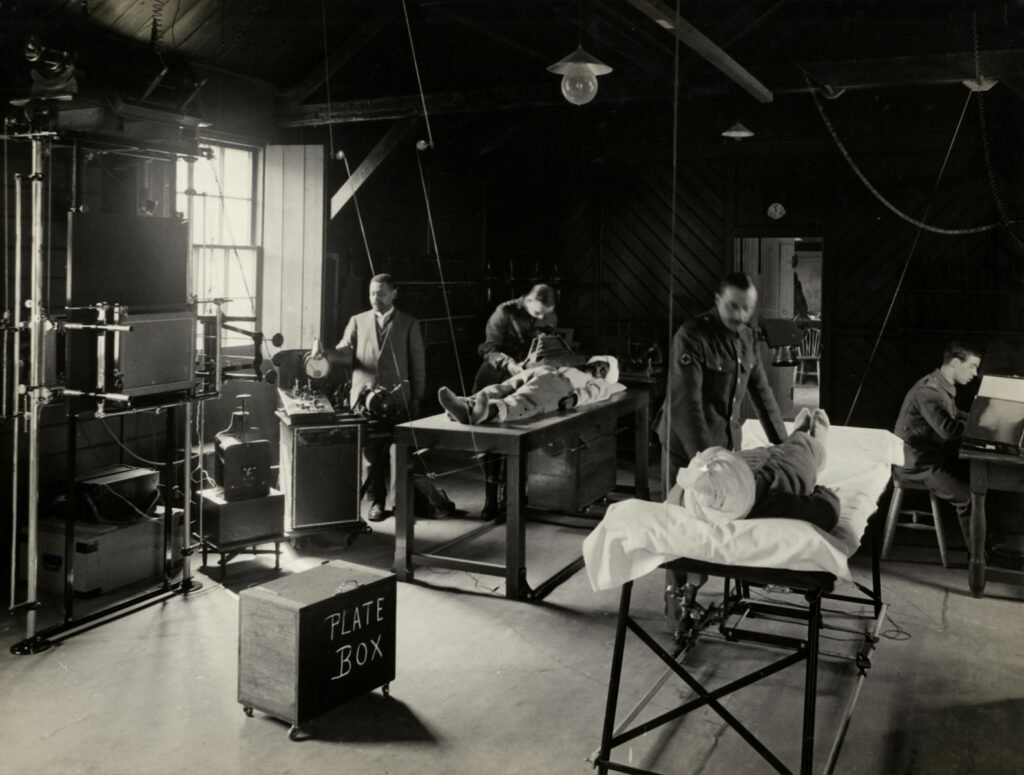
Impact on Indigenous Communities
Indigenous communities in North America stood at a bewildering crossroads of history as European explorers invaded their territories. The fur trade erupted like a burst of lightning, disrupting the traditional way of life for Native peoples and causing alliances to shift like shifting sands. George Catlin, a masterful chronicler of Native American culture, grieved over the destruction wrought by the plough on Indigenous life, watching helplessly as the buffalo vanished into thin air along with the Indian way of existence.
The arrival of European traders and settlers unleashed a whirlwind of challenges upon Indigenous communities. Land was snatched away, new diseases spread like wildfire, and resources were ruthlessly exploited, leaving Native populations reeling from the chaos. Chief Seattle’s poignant words echd through time, reminding all that every inch of this earth is sacred and transient even as the white man comes and gs, the land endures. We are but temporary guardians entrusted with this land for generations yet unborn. The fur trade not only reshaped economies but also tore apart cultural seams within Indigenous societies in ways both profound and perplexing.
European Exploration and Expansion
Imagine the scene: a tumultuous 18th century, a period of bewildering exploration and explosive growth in the Americas. The likes of Spain, France, and England were embarking on treacherous voyages across uncharted waters in pursuit of untapped lands and unimaginable wealth. These audacious adventurers were propelled by an insatiable hunger for excitement and a relentless drive to expand their empires.
As European explorers delved into unfamiliar territories, they stumbled upon indigenous tribes and uncharted lands teeming with valuable resources such as furs. At the heart of this grand expedition frenzy were the daring fur traders, who fearlessly navigated through rugged wilderness in search of prized pelts to barter with distant European markets. These intrepid traders played a pivotal role in forging connections between the Old World and the New, establishing intricate trade networks that would leave an indelible mark on history.
The 18th century was ablaze with feverish activity and cutthroat competition within the fur trade realm. European superpowers battled fiercely for dominance over lucrative trading routes for furs, sparking intense conflicts and power struggles across the New World. Despite facing daunting obstacles and tangled webs of intrigue during this epoch, the fur trade industry left an enduring impact on shaping the economic landscape of the Americas while fostering vibrant cultural exchanges among diverse communities.
Role of Fur Traders
In the enigmatic era of the 18th century, fur traders emerged as the enigmatic hustlers of their time, navigating through expansive wilderness and forming intricate connections with indigenous communities in pursuit of highly coveted furs. These traders exuded a certain magnetic charm akin to rockstars, with their striking appearances and shrewd business acumen. As quoted by Benjamin Franklin, “When you’re good to others, you’re best to yourself,” these traders understood that treating their indigenous counterparts with respect and equity was crucial in finalizing lucrative deals.
Picture embarking on an expedition through unexplored terrain, confronting capricious weather conditions and unforeseen perils all for the sake of acquiring that flawless beaver pelt. Dsn’t it sound like an exhilarating escapade? Fur traders epitomized the ethos of exploration and enterprise, embodying the essence of the American Dream long before it became a prevalent concept. Echoing Daniel Boone’s sentiment – “I have never been lost, but I will admit to being confused for several weeks” – these traders may have experienced moments of disorientation, yet their unwavering determination and resilience paved the way for economic prosperity and cultural interchange that indelibly influenced history.
Economic Significance
Enter the realm of 18th-century America, where the fur trade reigned supreme in shaping the economic landscape of a burgeoning nation. Imagine bustling trading posts teeming with activity, intense negotiations unfolding, and the irresistible allure of beaver pelts propelling commerce forward.
In the words of Benjamin Franklin, “The use of money is all the advantage there is in having money.” Indeed, in the world of fur trade, money flowed freely like a mighty river. Focused fur traders navigated through uncharted territories, creating vast trade networks that connected colonial cities to remote frontiers, igniting economic growth and prosperity.
The exchange of furs for goods not only lined pockets but also fostered cultural exchanges between Indigenous communities, European settlers, and far-flung traders. The marketplace became a vibrant melting pot where traditions mingled, languages intertwined, and customs blended together each transaction serving as an opportunity to bridge gaps between different worlds. As George Washington wisely observed,”The willingness with which our young people are likely to serve in any war… shall be directly proportional to how they perceive veterans were treated…” The fur trade transcended mere commerce; it served as a conduit for unity and comprehension amidst diversity.
Fur Trade Routes
The fur trade routes of the 18th century were a labyrinthine network, pulsing with vitality through the veins of a burgeoning economic body in North America. Trappers and traders embarked on perilous journeys across unforgiving landscapes, in search of coveted hunting grounds to meet the insatiable demand for beaver pelts and other furs. These pathways served as conduits of commerce and cultural interchange, linking far-flung outposts and isolated settlements in a chaotic tapestry.
As the pursuit of pelts pushed deeper into the western frontier, these routes meandered and transformed, driven by prospects of wealth and an appetite for excitement. The words of pioneer Daniel Boone reverberate through dense forests: “I can’t say as ever I was lost, but I was bewildered once for three days.” Venturing into uncharted territories, traders encountered obstacles that tested their resolve and resourcefulness. Nevertheless, enticed by the promise of fortunes and lured by untamed wildernesses, they pressed forward relentlessly – weaving ties that would sculpt the fate of an entire continent.
Effects on Wildlife
In the tumultuous era of fur trading in North America, the impact on wildlife was nothing short of staggering. Countless species fell victim to relentless hunting and trapping for their precious furs, causing a sharp decline in their numbers. The fervent pursuit of valuable pelts drove hunters through vast expanses of untamed wilderness, leaving a trail of disruption in their wake. As pioneers pushed deeper into uncharted lands, they were met with an overwhelming abundance of wildlife, yet their insatiable hunger for fur-bearing creatures threw nature’s delicate balance into disarray.
With the growing demand for furs in the 18th century, trappers and hunters scoured forests and prairies in search of coveted pelts destined for European markets. The iconic beaver, prized for its sumptuous fur, found itself particularly vulnerable to overexploitation. As esteemed naturalist John James Audubon once mused, “During those times, a single beaver skin held a value akin to its weight in silver.” The unquenchable thirst for furs not only devastated populations of beavers and otters but also wrought havoc on entire ecosystems, sending ripples through plant life and other fauna alike.
Cultural Exchange
The fur trade in the 18th century was a whirlwind of not only goods but also ideas, languages, and cultures intertwining. European traders delved into the unknown to engage with Indigenous communities, sparking a chaotic yet mesmerizing fusion of traditions and practices. It was as if an enigmatic dance of cultural exchange unfolded before their eyes, where both sides were caught off guard by the sudden burstiness of knowledge and wisdom flowing between them.
In the midst of this bewildering exchange, French explorer Samuel de Champlain eloquently mused, “It is not from ourselves that we learn to be better than we are.” This cryptic statement perfectly encapsulates the perplexity surrounding cultural interactions during the fur trade era. The give-and-take of beliefs and customs between Indigenous peoples and European traders created a tangled web of mutual understanding and respect. Through this haphazard tapestry, both parties found themselves grappling with new perspectives while reveling in the diversity each culture brought to light in their encounters.
Fur Trade Competition
In the midst of the fiery fur trade of the 18th century, a fierce battle raged between European powers such as Britain and France, each scrambling for dominance in the highly profitable market. Imagine this: traders braving perilous waters, engaging in intricate negotiations with native tribes, and cunningly outmaneuvering their competitors to secure the most exquisite pelts. It was a ruthless world where both wealth and reputation hung in precarious balance.
Amidst this intense rivalry stood Alexander Mackenzie, a daring explorer who fearlessly ventured into the rugged wilderness of North America in search of premium fur sources. His audacious determination embodied the relentless drive that propelled the era of fur trading forward. As Mackenzie famously declared, “The path to success is never easy; one must surpass all boundaries to emerge victorious.” This ethos encapsulates the very essence of cutthroat competition that defined the backdrop of fur trading history molding not only economic destinies but also shaping pivotal moments in time.

